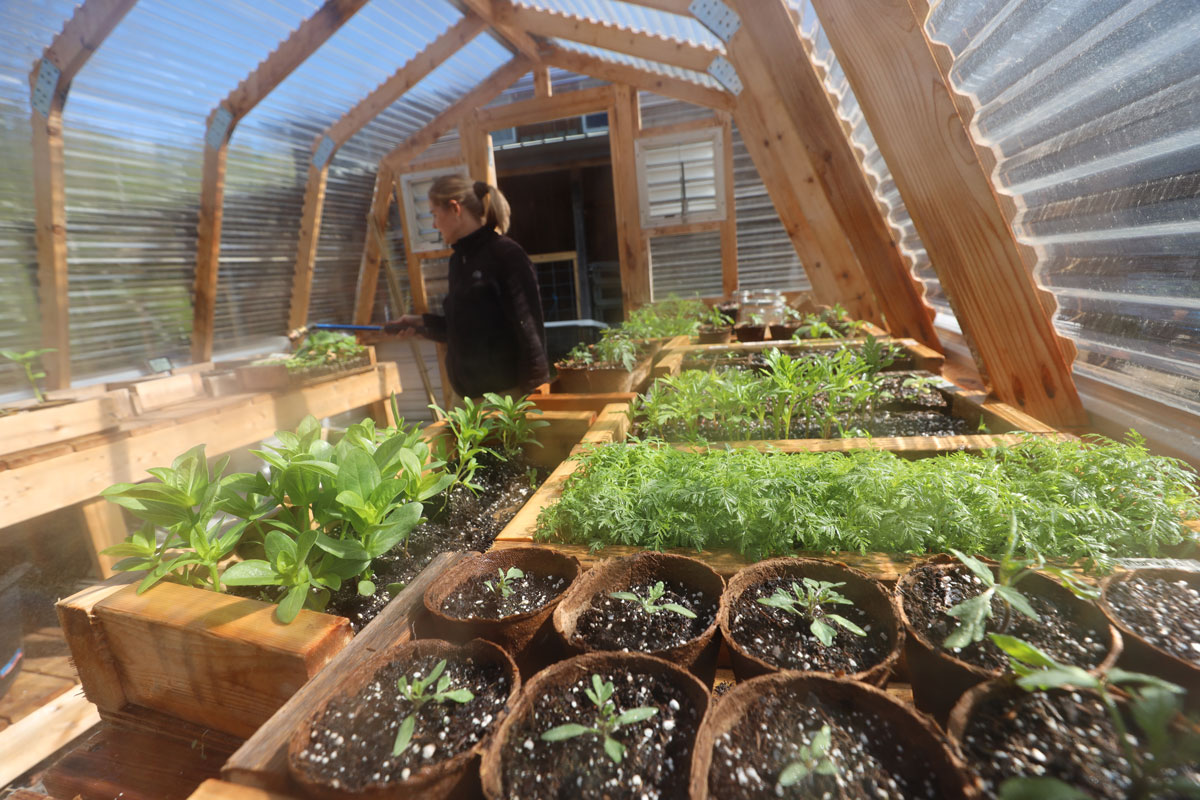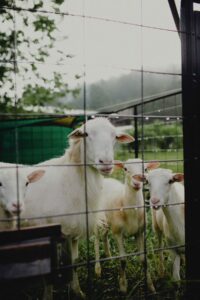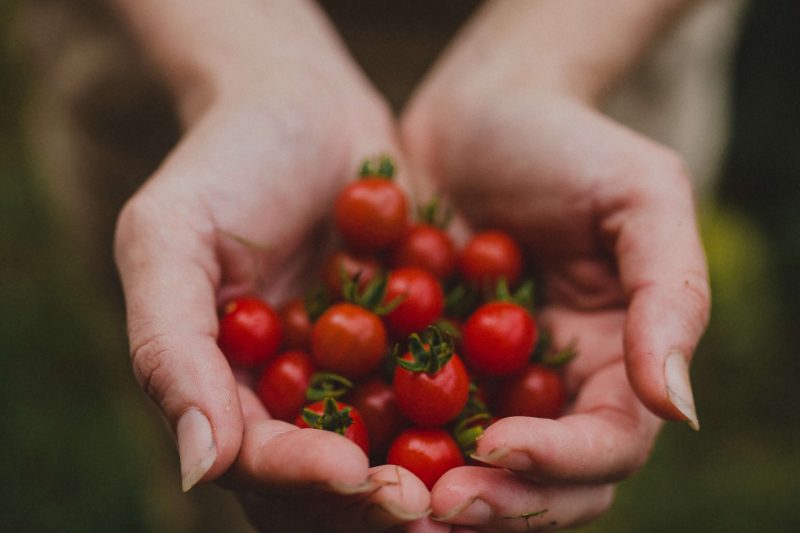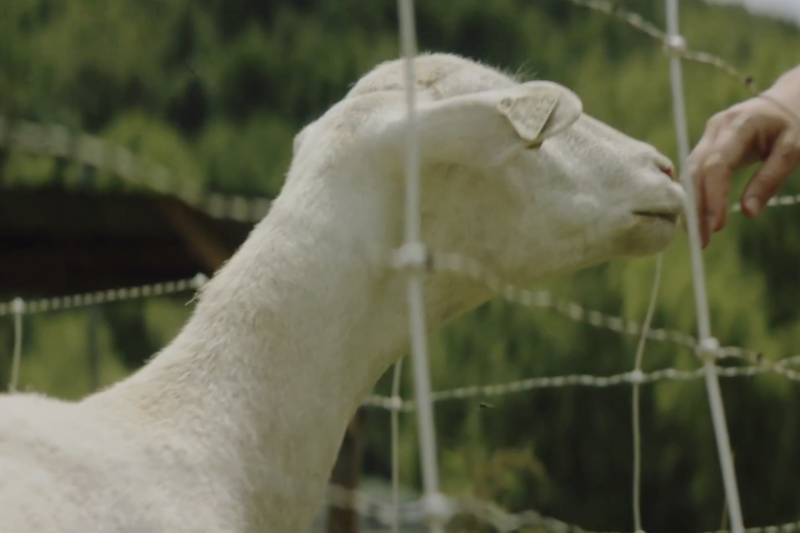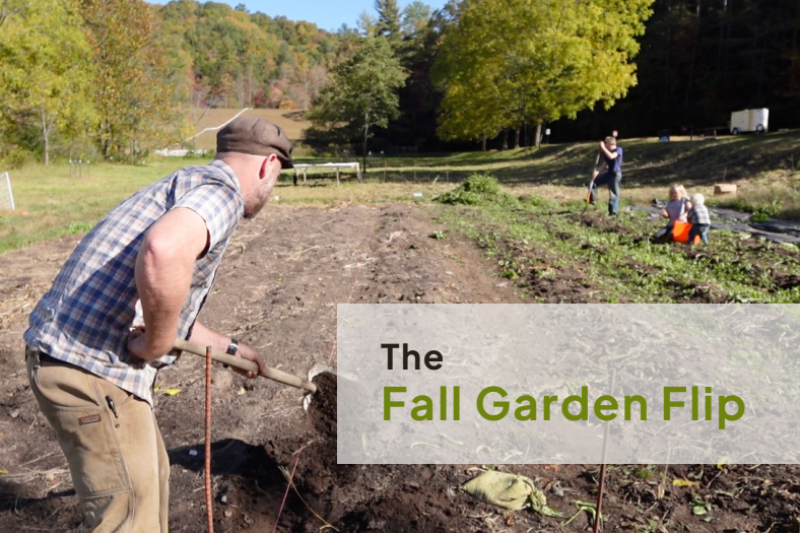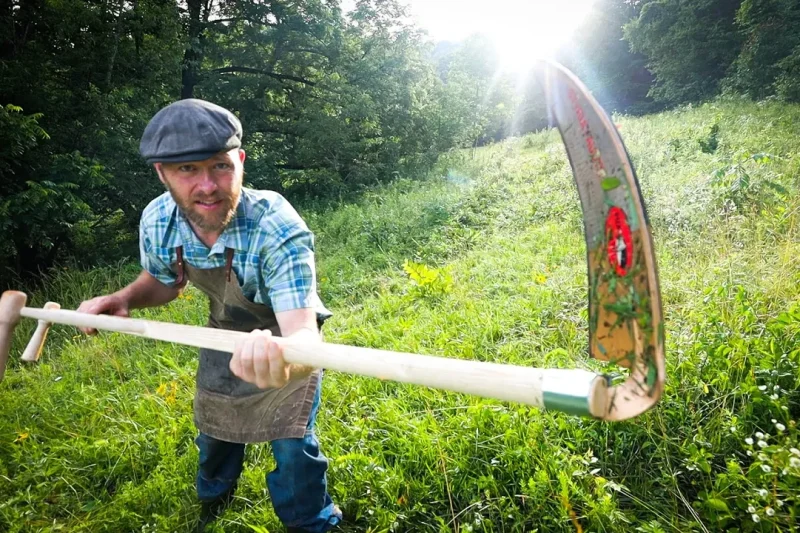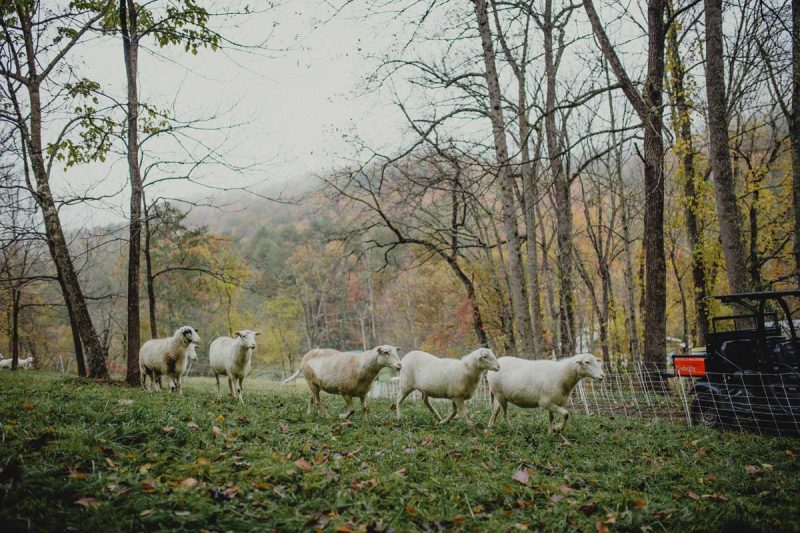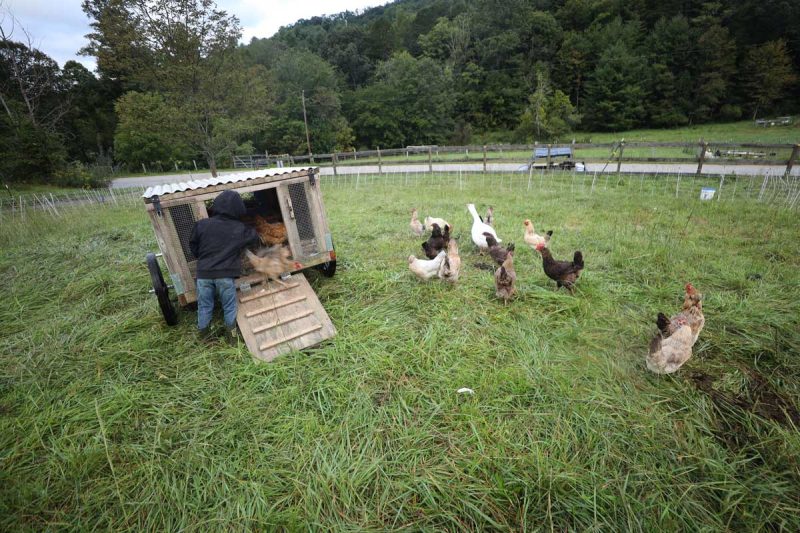Growing Vegetables in the Winter
Fast-growing vegetables are a great solution for those who don’t have a long growing season during the warmer summer months. Have you considered growing a winter garden?
Winter gardening is a fantastic experience. Walking from the cold, lifeless winter vegetation outside into a beautiful, thriving garden inside is empowering.
Fresh vegetables taste so much better than canned vegetables. Store-bought canned foods often contain large amounts of sugar and salt and have been cooked for a considerable time, diminishing the vitamins.
Cooking fresh vegetables is fun when you’ve worked to grow and harvest them. They are always tastier right off the vine, and the nutrients are at their peak when they’re ripe. Most store-bought vegetables get picked before they’re ripe because they have to travel long distances.
Another benefit of eating fresh from your garden is knowing exactly how they’ve been grown. This gives you much confidence in what you’re eating. Growing your organic vegetables also saves you a fortune on high-priced organic vegetables from the grocery store.

What Can You Grow in a Winter Greenhouse?
An unheated greenhouse has many uses during the winter months. When temperatures drop, frost-tender and cold-tolerant plants can continue to thrive in a winter greenhouse. You can also propagate some perennials for the following spring and continue to grow winter greens.
- Leafy Greens – Cold hardy leafy green vegetables like kale, arugula, chard, collards and some lettuces are perfect for winter growing.
- Root Vegetables – Root vegetables do very well in a winter greenhouse. Carrots, beets, radishes and turnips are all built to survive freezing temperatures and are ideal for winter greenhouses.
- Alliums – Garlic, onions, leeks, and scallions do very well in winter greenhouses.
- Brassicas – Brussels sprouts, broccoli, cabbage, kohlrabi, turnips, cauliflower and many Asian greens can also be grown in an unheated winter greenhouse. Cold weather will make your brassicas take on a sweeter flavor.

Protecting Plants
A winter greenhouse will trap heat from the sun during the day, which helps the plants to stay warmer at night. However, if you are growing vegetables in an area that gets very cold, you may have to provide additional protection to your winter garden.
If you know the temps are going to drop well below freezing, there are many things you can do to prevent the frost from killing your plants.
Avoid Frost Pockets
Frost pockets are low areas with poor drainage that are more likely to have frost. Look for where the fog settles in your garden. These low areas hold cold air pockets, creating the right conditions for frost in late spring or early fall.
Often you won’t know where your yard’s frost pockets are until you’ve spent an entire year on your property.
Don’t Overwater
Plants soaked with water with a high concentration near the roots will have a better chance of freezing. Reduce the amount of water you give your greenhouse plants during winter since their vascular system is running slower.
Horticulture Fleece
Horticulture fleece placed over the top of greenhouse plants will create a microclimate that helps increase the temperature around the plants. This does not increase the temperature of the whole greenhouse.
Horticulture fleece is lightweight and easy to use because you can bend it into any shape you need. It works very well for protecting plants from frost.
Bubble Wrap
Bubble wrap works well in mini-greenhouses. Add bubble wrap to the plastic sheeting to give your greenhouse an extra layer of insulation from the frost.
Bubble wrap is easy to put up and take down, plus it’s a very cost-effective way of keeping the whole greenhouse warmer rather than individual plants.
Thermal Mass
Create a thermal mass in your greenhouse by filling a large barrel with water and placing it in your greenhouse. The water will absorb heat from the sun and heat up during the day, helping to keep heat inside the greenhouse during the cold winter nights.
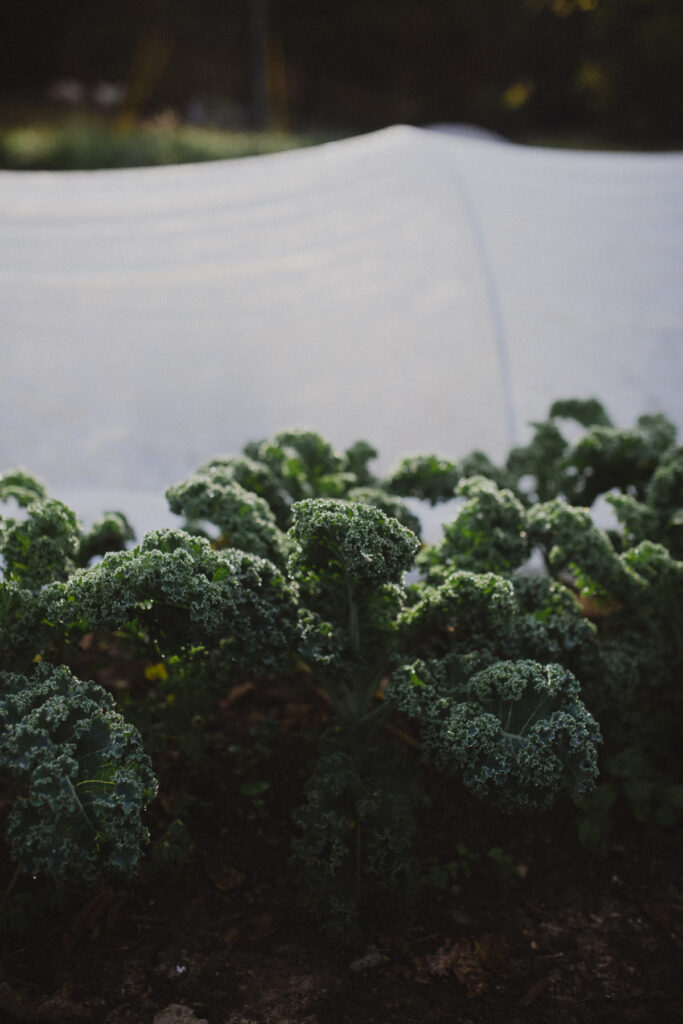
Cold Frames & Frost Blankets
A cold frame is an enclosure with a transparent roof built close to the ground. A frost blanket is a piece of fabric you can simply lay over your plants, and a low tunnel is a small hoop house that sits low to the ground and protects your crops from frost.
All these methods protect your plants from frost. But a cold frame with a transparent top allows sunlight to enter and traps the heat inside to keep plants warm at night.
Heating Systems
In areas where the winter nighttime temperatures drop below zero, gardeners often install a heating system in their winter greenhouse. The heating system can be a simple electric space heater or a more advanced heating system controlled by a thermostat.
Use Grow Lights
Grow lights work to keep your greenhouse warm and have the additional benefit of providing UV light to encourage plant growth even in the cold winter months.

Growing in a Winter Greenhouse
During the summer, you may need to water your vegetable garden almost daily, but in a winter greenhouse, you’ll water very infrequently. Having soaked soil will increase the chance of your plant’s roots freezing.
Watering
Water once or twice a week in the fall as the temperatures begin to drop and only occasionally on warm sunny winter days during the winter months.
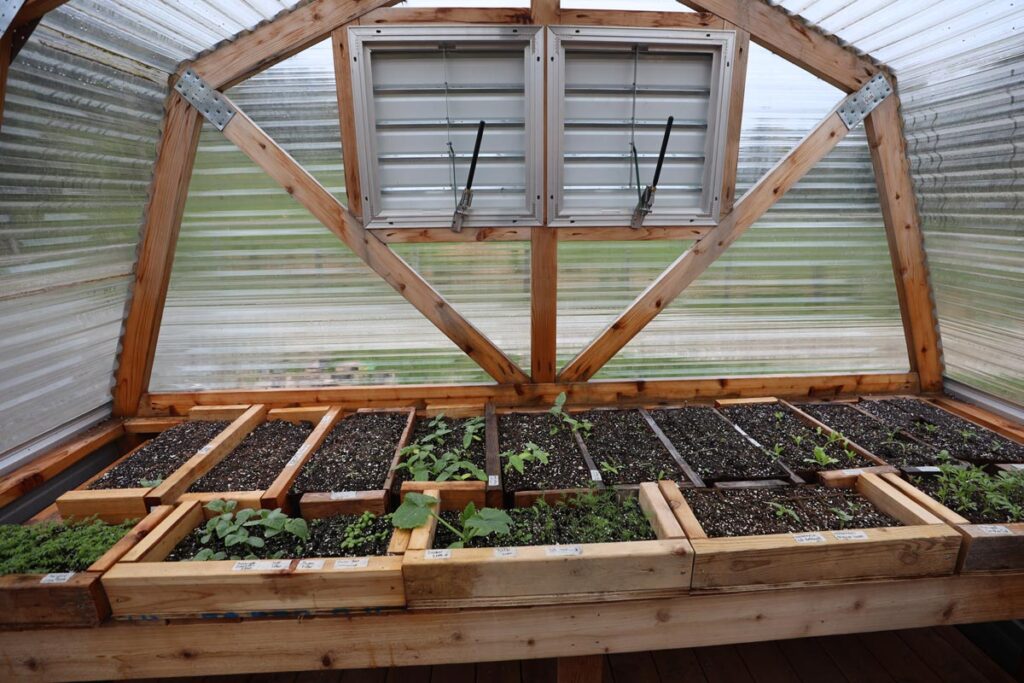
Venting
Venting is used during the summer months in a greenhouse to help control the temperature. During the winter months, you may need to consider venting your greenhouse during warm sunny days to avoid getting condensation in a winter greenhouse.
Condensation can encourage fungal growth in plants, so consider venting your greenhouse on mild weather days.
Fertilizer
Continue to fertilize your winter greenhouse plants throughout the cold months. Slow-release fertilizers like kelp or fish emulsion can be added easily during the occasional winter watering.
Harvest
It is lovely to hang out in a warm sunny greenhouse during winter. Continue to harvest fresh vegetables for your family dinners in this beautiful sunny little getaway from the cold outside.

Recommended Supplies
Having fresh vegetables during the winter months is very important to our family. We’ve created a system for winter gardening with a few simple supplies.
- Trays – Plastic trays work great, but we’ve built these wooden trays to size to hold the soil blocks that come out of our soil blocker. It saves us from having to purchase plastic seedling trays. (Learn how to make your own soil blocks.)
- Potting Soil – Any organic potting soil works. We like Coco Loco organic potting soil.
- Soil Blocker – We love this soil blocker.
- Garden Seeds – Gather your favorite frost-hardy seeds.
- Garden Seed Dispenser – This handy little seed dispenser helps get one seed at a time into the proper place in your potting soil.

More Posts You May Enjoy
- How to Grow More Food in Less Time (In Less Than 10 Hours A Week)
- Gardening Hacks
- Soil Testing – Don’t Overlook This Crucial Step
- Companion Planting with Asparagus and Strawberries
- Raised Garden Bed Plans
- Using Chickens for Garden Pest Control & Disease in Orchards
- Chickens in Garden Spaces to Till and Fertilize
- How to Build a Drip Irrigation System

